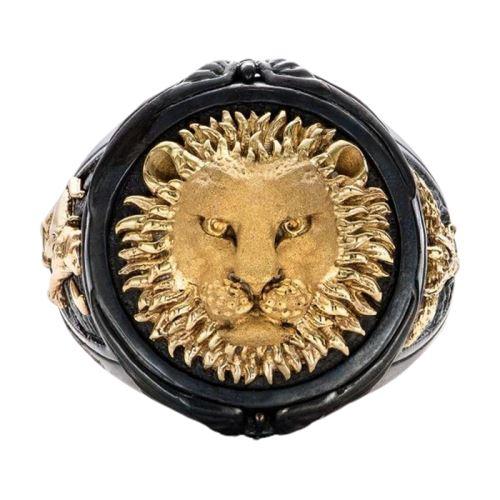The English lucky charm: between tea, monarchy and tradition
Who doesn't dream of getting lucky? Such a jewel or talisman can help us with this. The English have also thought about the question and have some lucky objects to offer us.
Tower of London, Stonehenge or Hadrian's Wall, there is no shortage of historical monuments in Great Britain. This country is indeed full of hidden gems. Dotted with small picturesque villages, visiting England is guaranteed to make discovery on all sides. The English lucky charm (known by locals as " lucky charm " or " good luck charm ") is one of them.
Walk away from any town in Britain and it won't take long to find yourself among rolling hills and green farms. In a word: you will be in the middle of a postcard . This painting will also contrast terribly with the bustle of London, a captivating metropolis.
Whether it tells the history of the country or the beliefs (current or past) of its people, an English lucky charm always has a very specific reason for being. With a history as old as England's comes a torrent of myths and legends. Loch Ness Monster, Knights of the Round Table and the legend of King Arthur: it's up to you to decide if you believe it. This is also what the English lucky charm offers you : the possibility of choosing the legends in which you want to believe.
However, it remains undeniable that these stories created the country. A country that, not so long ago, dominated the entire world economically AND culturally. Very often, this is also the reality that the English lucky charm translates.
Some traditions… very British
The four-leaf clover is Irish. The Buddha is Indian and the grigri is African. But what could be the lucky charm of the Angalis?
In fact, Britain knew create a strong culture over the centuries. Its status as an island has even made it a land distinctly different from the rest of the European continent.
Between luck, superstition and bad luck: we will now describe some of these English traditions, sometimes linked to luck and lucky charms but sometimes not, which can make you laugh, smile or amuse.
The English, for example, think that the number 13 is bad and that it can even be the source of great curses. In many streets, for example, there are no houses with numbers. 7, on the other hand, is often described as the quintessential English lucky number.
Unlike French culture for example, crossing a black cat is good luck in the United Kingdom. You can even see these little animals on greeting cards given at Christmas or birthdays.
Few people know it, but the superstitions that forbid us from walk under a ladder or break a mirror otherwise great misfortunes actually come to us from England.
In some parts of the country, people believe that rabbits, especially rabbits, white rabbits, carry the souls of our deceased loved ones. In other places, the English rather think that these animals are witches transformed to deceive us. In any case, you won't run this kind of risk with an animal in the form of a key ring or talisman... although!
Symbols of the English royal family
THE symbols of the monarchy can be found almost everywhere in the UK. From flags to postcards, including stamps and silverware: the symbols of the English royal family are everywhere, and some of them are seen as real lucky charms. Finding a gift idea amidst all of this should be easy!
The most emblematic of these symbols of luck is undoubtedly the national flag, formed from the superposition of the emblems of each kingdom forming the United Kingdom. For information, here is a collection dedicated to flags and standards from around the world which should please you.
In short, apart from the flag, no symbol is more emblematic than the famous crown jewels.
Passed down from king to queen since the 17th century, these exceptional jewels express what is most superb and most glorious in the English spirit: luxury, the transmission of tradition and the etiquette specific to gentlemen's and other dandies.
In fact, England is the only monarchy in the world to retain its jewels for this long. With the various revolutions and destitutions of recent centuries, most European countries have in fact recovered the jewels of their royal families to put them in museums and public collections.
In short, among the most emblematic crown jewels are undoubtedly the orb and scepter of the sovereign.
The first, associated with the power of God and the Church, is seen as a great English lucky charm associated with Christ's rule over the country.
The second, associated with the power of the king and the nobles, represents the temporal power, the authority and the pride of the sovereign.









